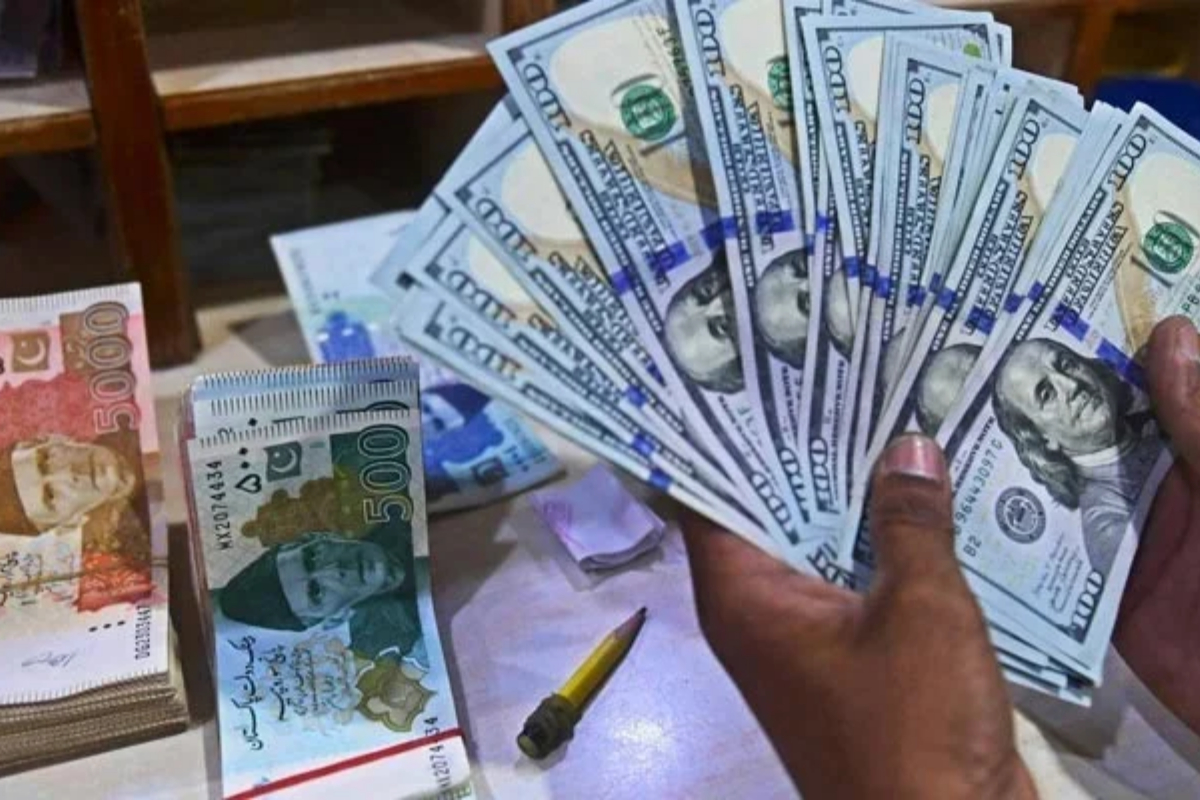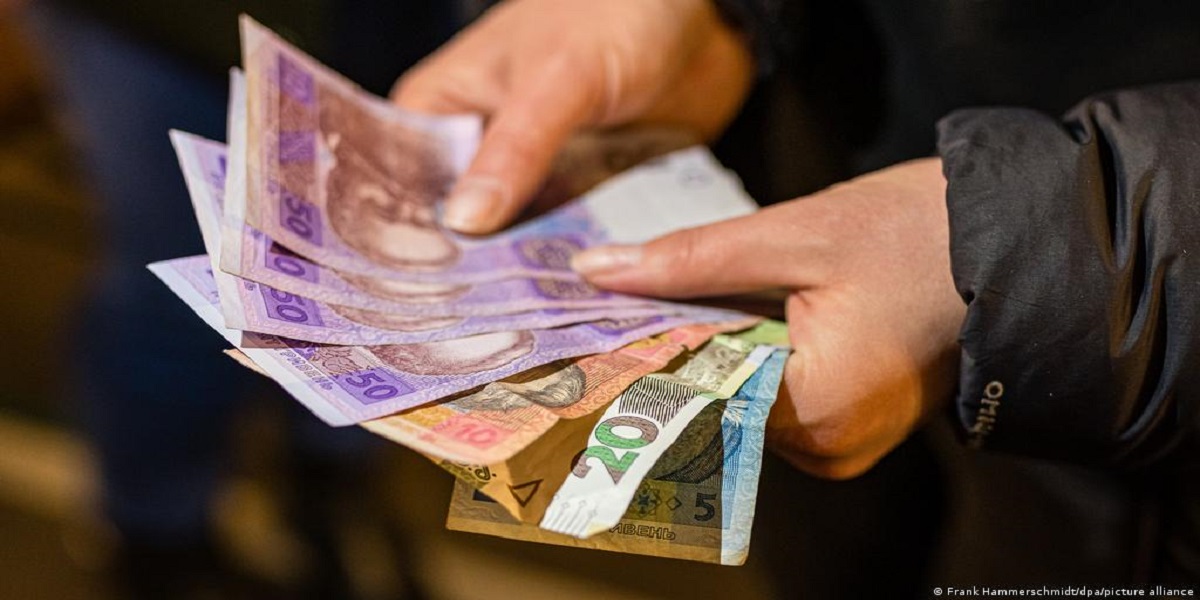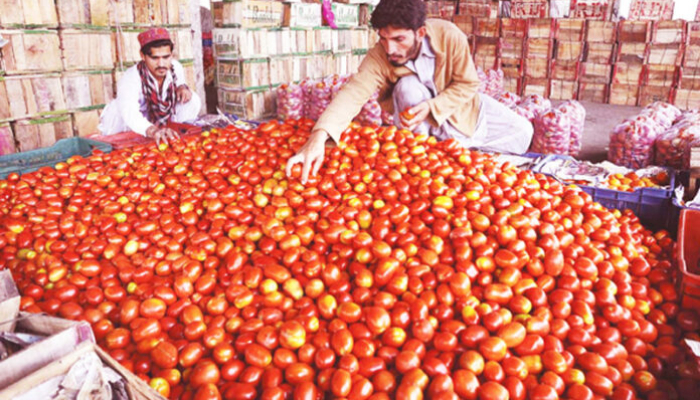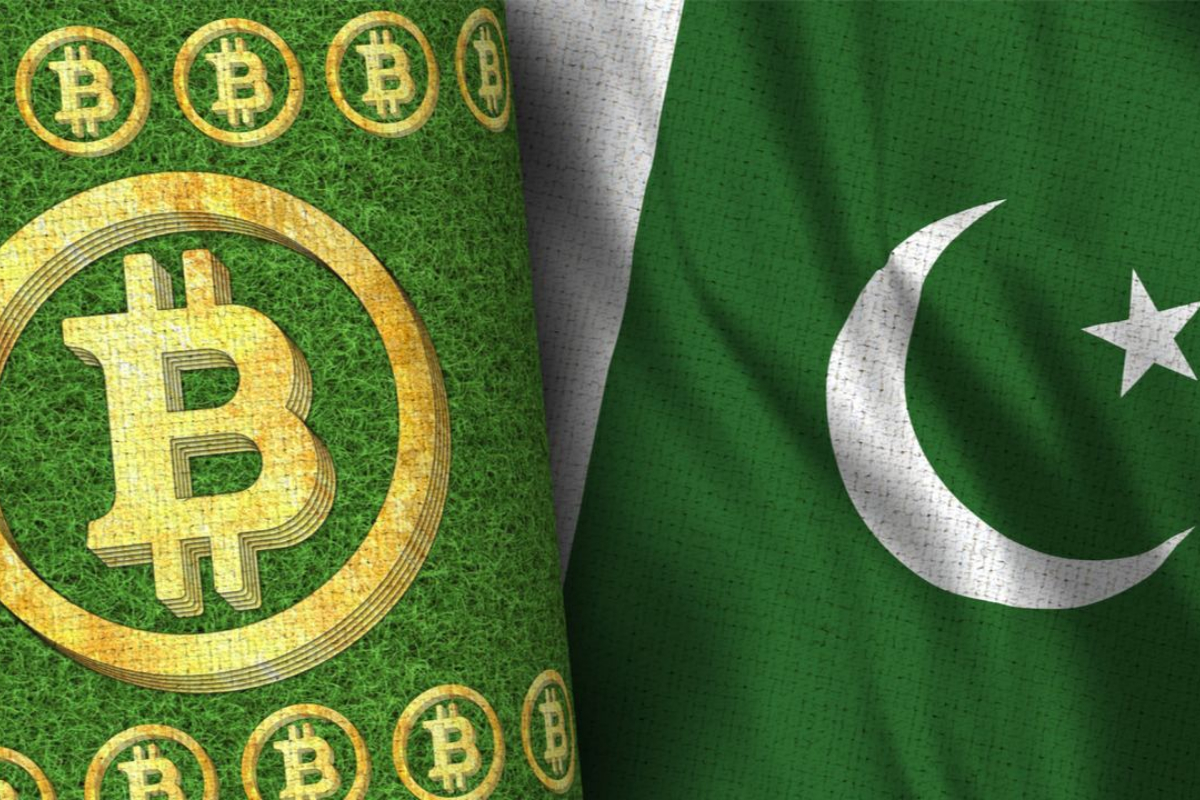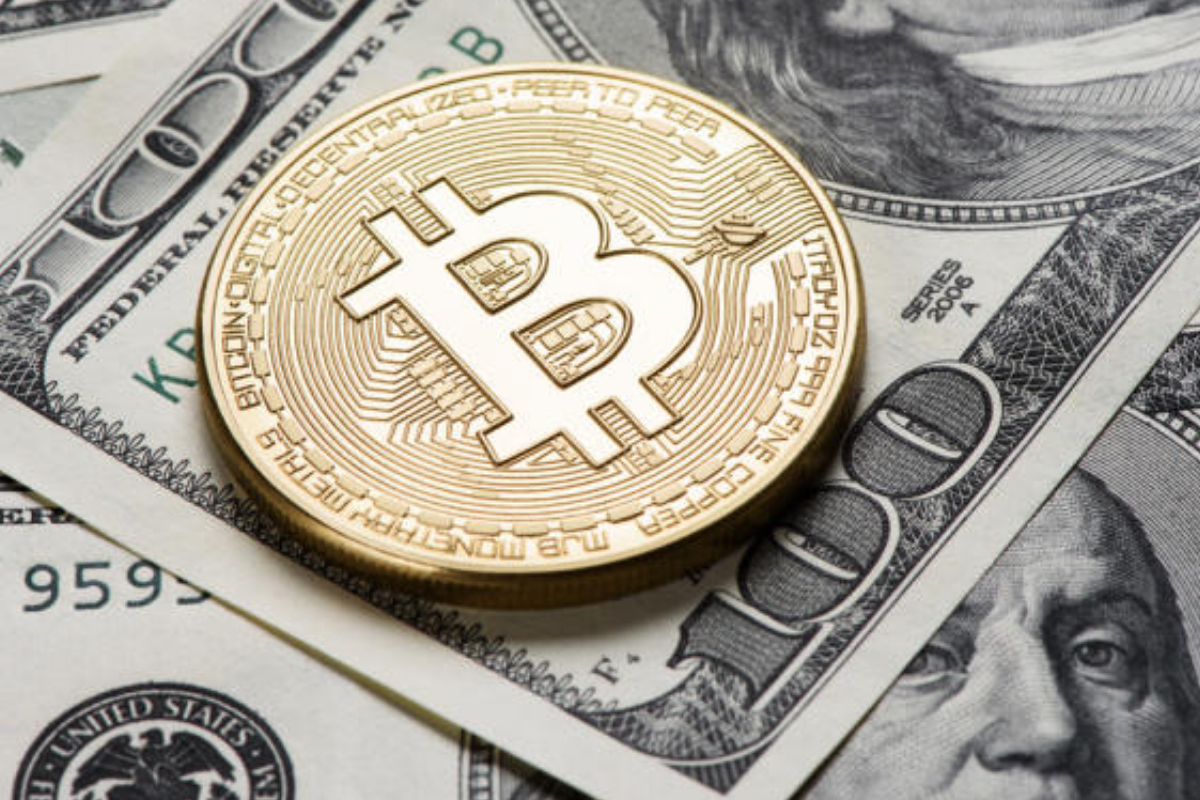KARACHI: The dollar’s flight continued unabated against the Pakistani rupee on Thursday; following the scarcity of the greenback in the country, besides narrowing foreign exchange reserves, dealers said.
The exchange rate shed four paisas to close at Rs226.41 from the previous day’s closing of Rs226.37 against the dollar in the interbank foreign exchange market.
Experts were of the view that the delays in the arrival of funds from multilateral institutions and friendly countries is putting a dent on the recovery of the local unit.
The country is desperate for fresh inflows to boost its foreign exchange reserves, which have declined to an alarmingly low level, they added.
Amid curbs on the imports, the exports of the country are on a declining momentum, while increasing cost of doing businesses is forcing the industrialists to shut down operations.
The negotiations between Pakistan and the International Monetary Fund (IMF) have remained stalled owing to disagreement over the IMF’s prerequisite conditions to revive the programme.
Additionally, the trading in the foreign currency through informal channels deprived the market of the dollar, which remained the most sought by the importers.
According to dealers, the pressure on Pakistani currency is still being exerted by the smuggling of dollars to Afghanistan, as around $2 billion each month leaves Pakistan for Afghanistan through smuggling, misuse of Afghan transit trade, and border crossings, putting a strain on Pakistan’s foreign exchange reserves.
Similarly, the economy was hit with another blow after global ratings agency S&P Global on December 22, cut Pakistan’s long-term sovereign credit rating by one notch to “CCC+” from “B”, to reflect a continued weakening of the country’s external, fiscal and economic metrics.
The foreign currency reserves held by the State Bank of Pakistan (SBP) dropped down $584 million to reach $6.1 billion during the week ended December 16, compared with $6.7 billion on December 9.
The forex reserves are down to levels worth just eight weeks of imports, their lowest since April 2014.
The overall liquid foreign currency reserves held by the country including net reserves held by banks other than the SBP stood at $12 billion. The net reserves held by banks amounted to $5.88 billion.
Although the current account deficit declined over 85 per cent on a year-on-year basis to clock in at $0.28 billion in November as the imports of the country have reduced.
The experts are of the view that exports have declined even further due to delays in the opening of letter-of-credit (LCs) to import raw-material for the export-oriented industries.
According to the data released by the Pakistan Bureau of Statistics (PBS), the exports fell to $2.37 billion in November, compared with $2.9 billion in the same month of the last year.
The workers remittances have also declined 15.7 per cent to reach $2.21 billion in October, compared with $2.62 billion in the same month of the last year.
On a monthly basis, the remittances witnessed a decline of 9 per cent, compared with $2.43 billion received during September.
The net foreign direct investment (FDI) in Pakistan slumped 62 per cent to $95 million in October 2022, compared with $247.3 million in the same month last year. However, the net FDI was up 13 per cent, compared with $84 million recorded in September 2022.
During the first four months of fiscal year 2023, the net FDI dropped 52 per cent year-on-year to $348 million, compared with $726 million during the same period of last fiscal year.
The local currency remained under pressure since the start of the current fiscal year. The rupee lost Rs21.56 or 10.52 per cent from Rs204.85 to dollar on June 30, 2022 to the current level of Rs226.41.
At the open market, the buying and selling of the dollar was recorded at Rs233.5 and Rs235.5 at 3:30pm PST.
[embedpost slug=”rupee-continues-downward-momentum-2/”]

